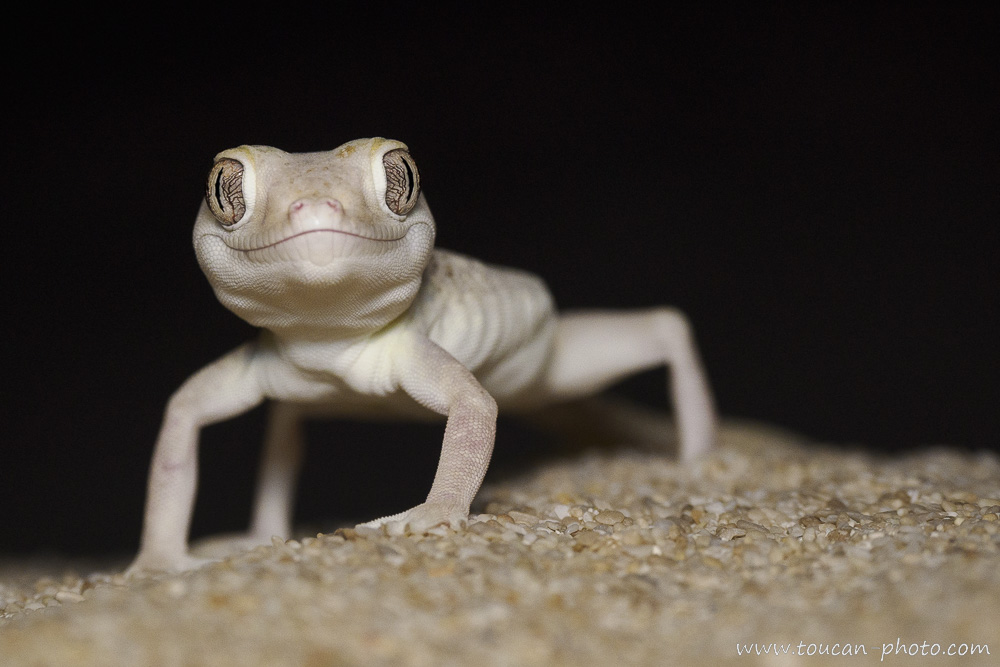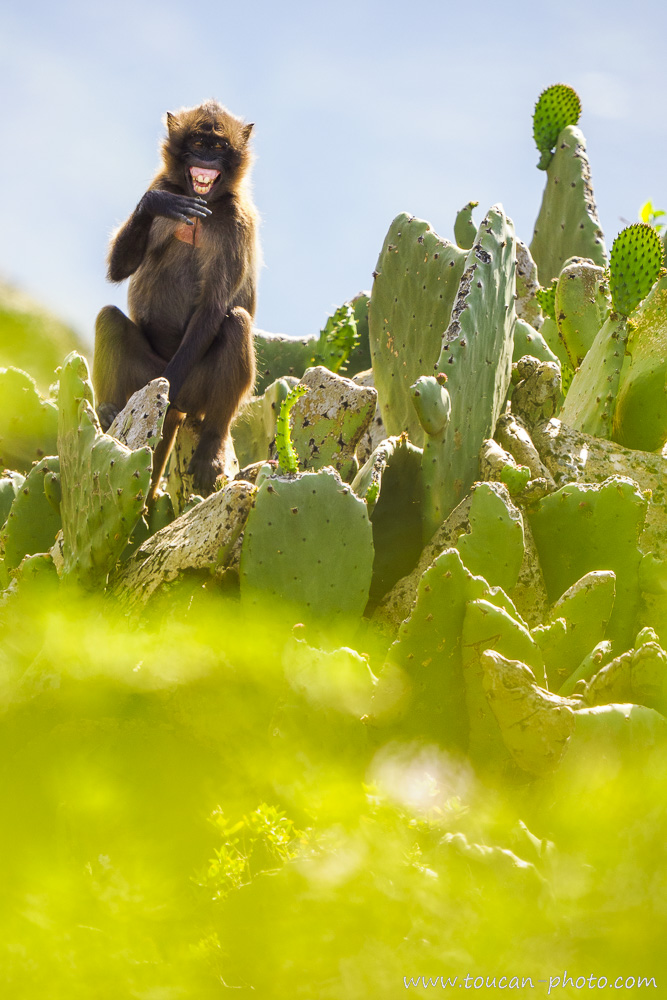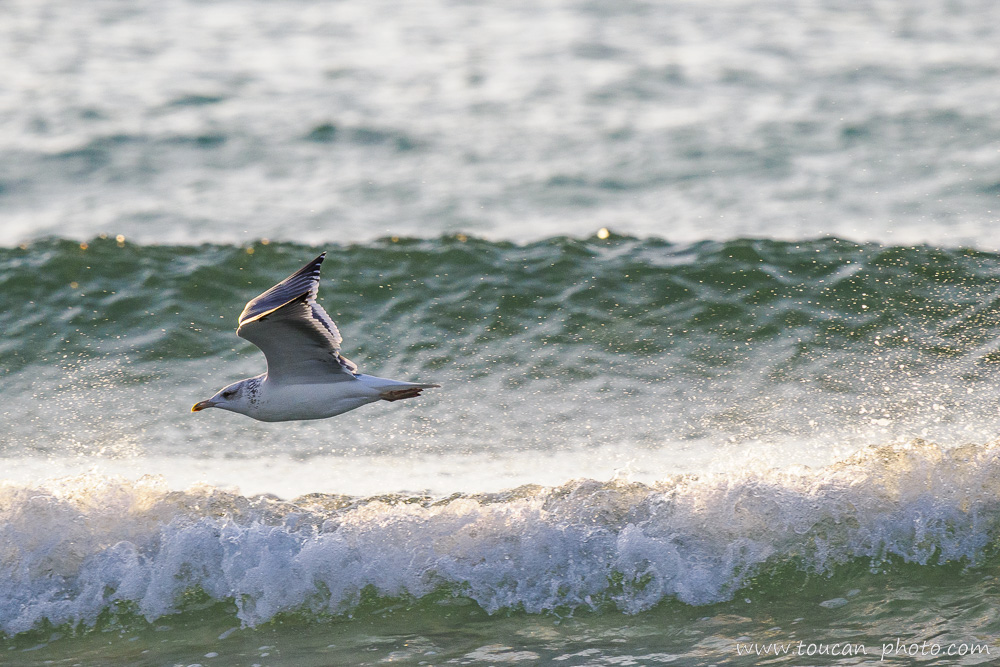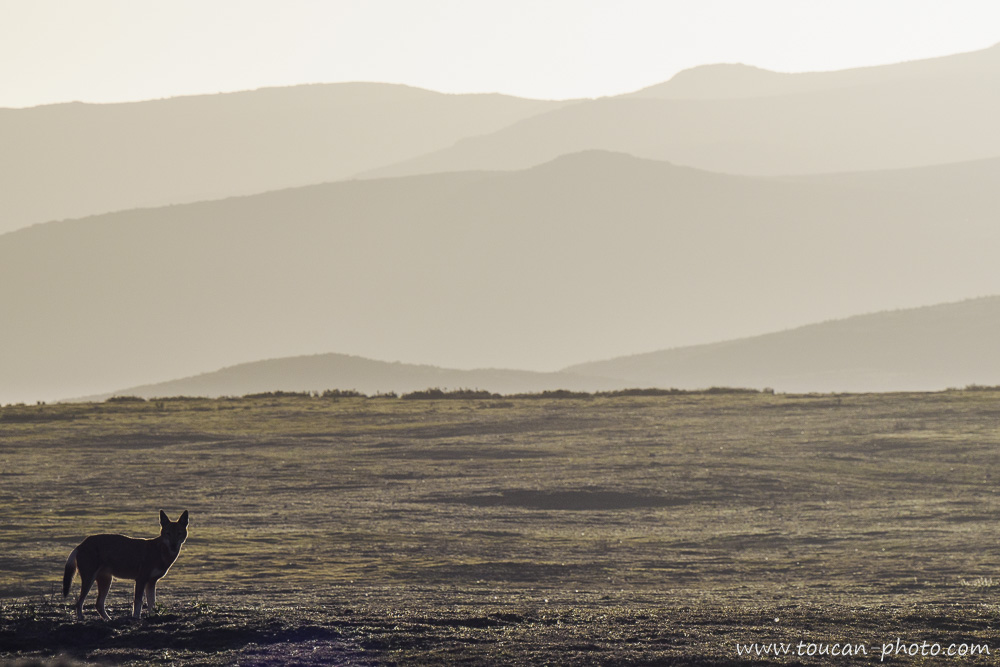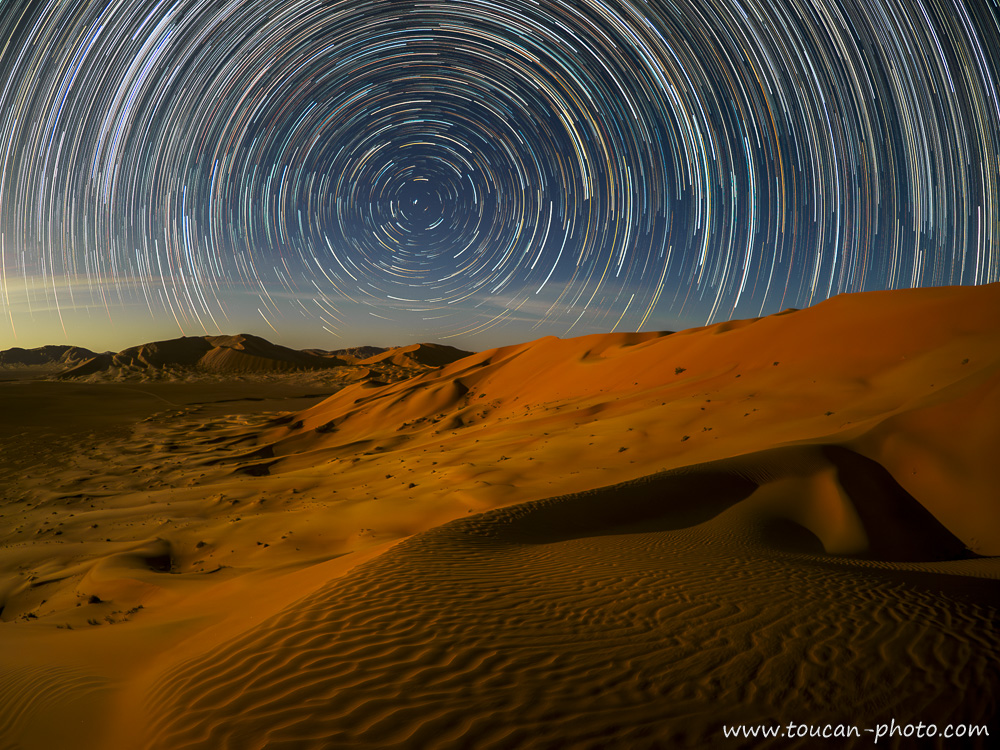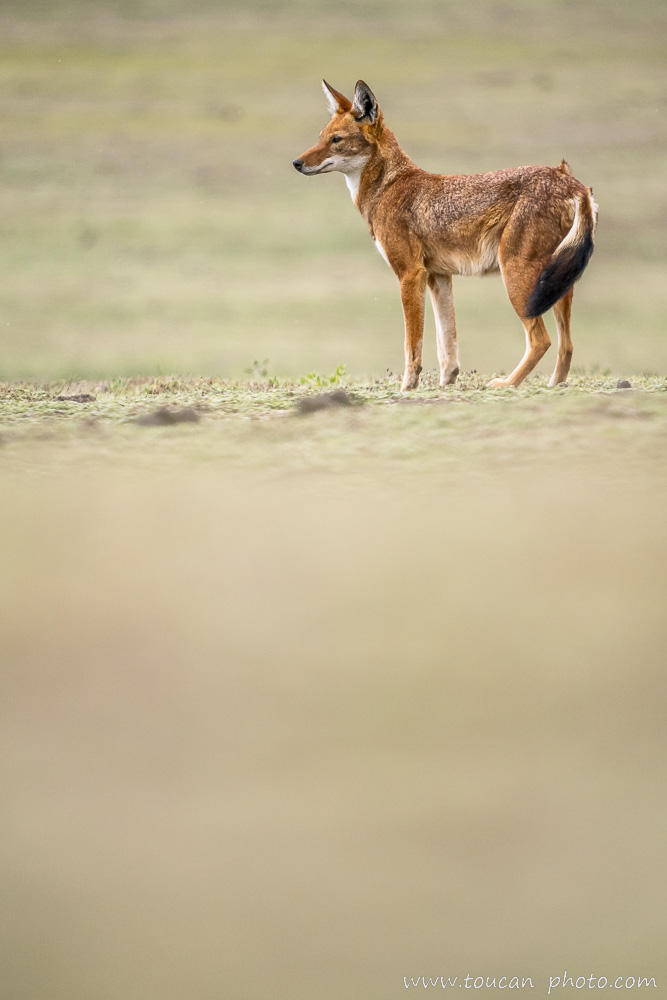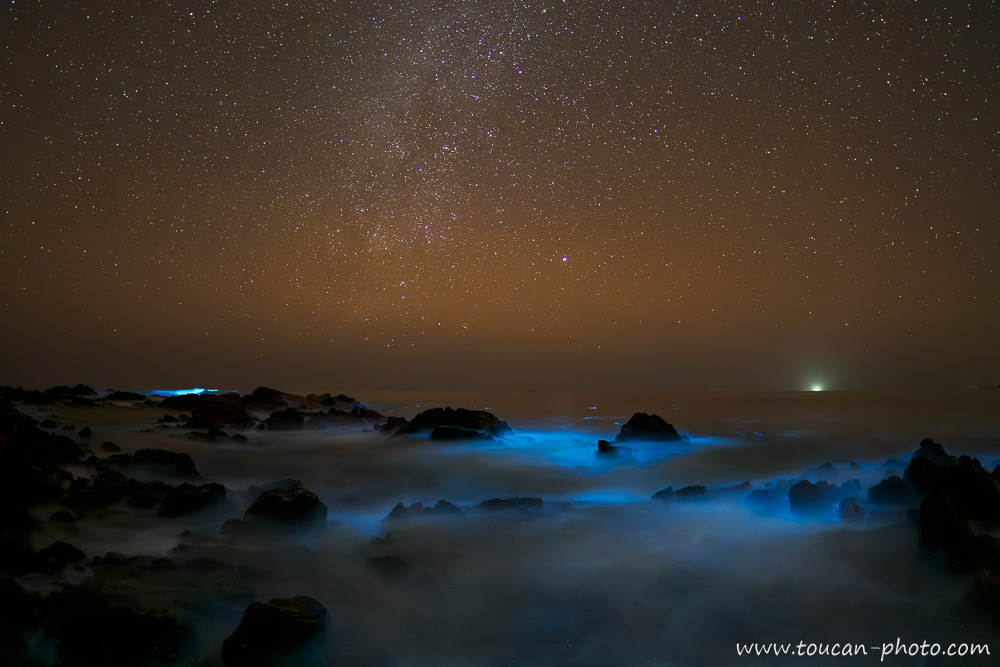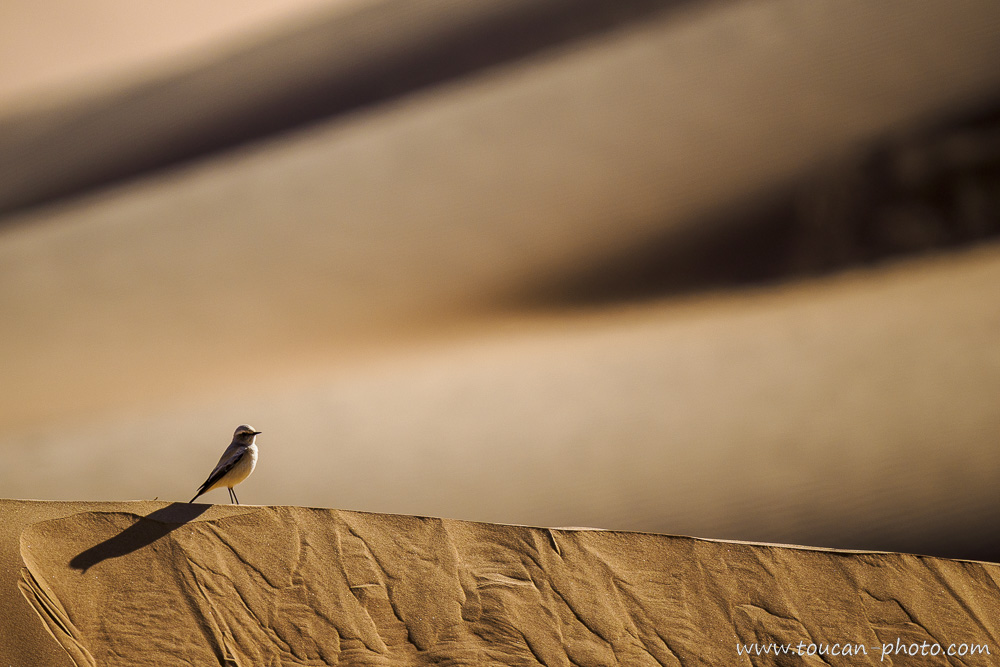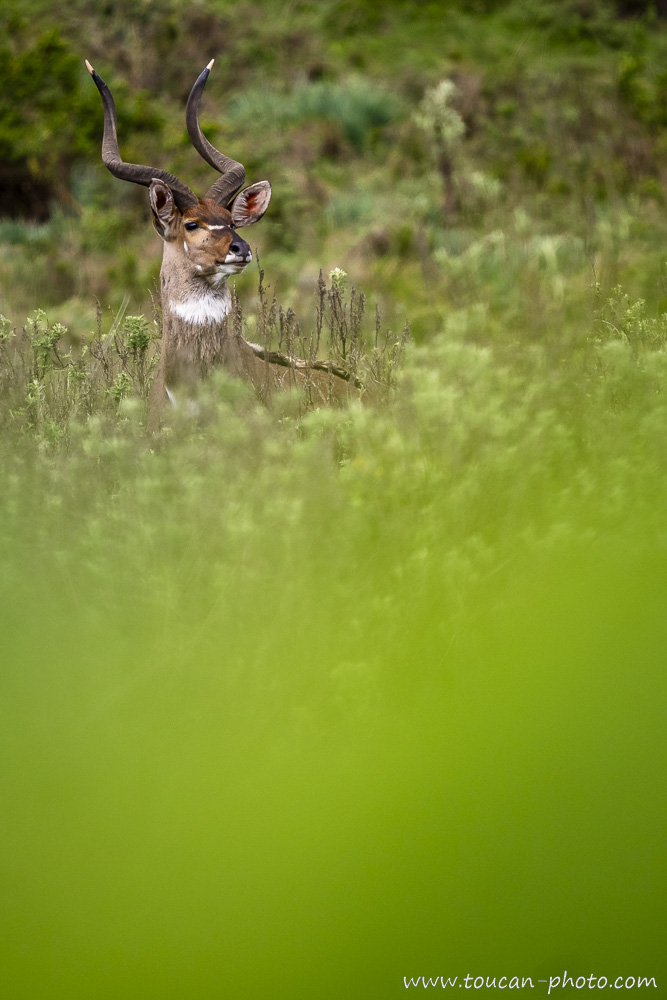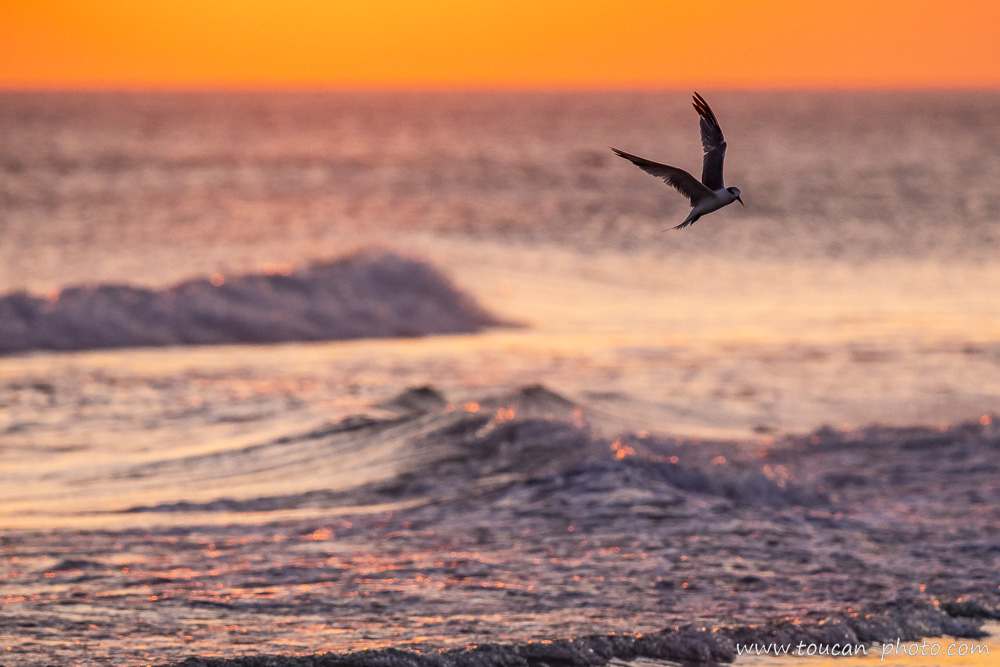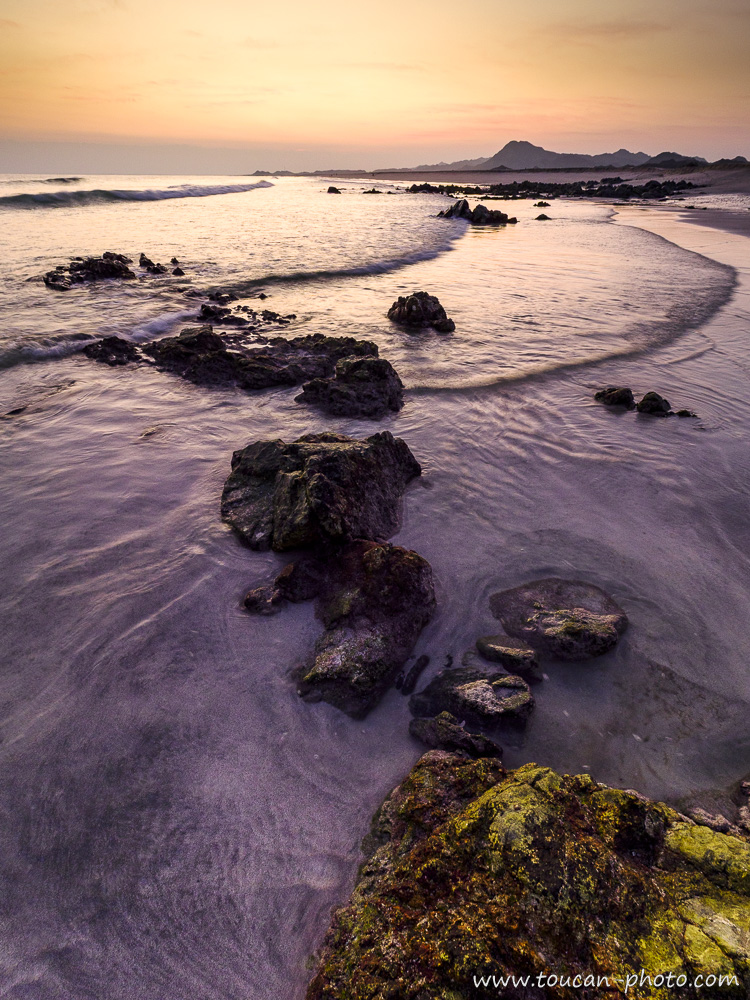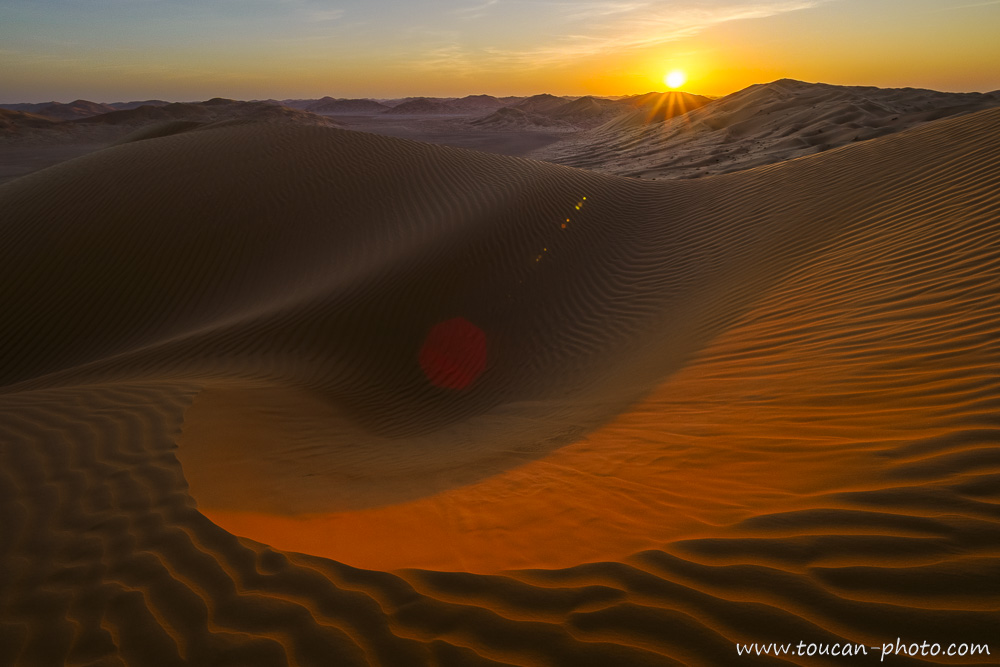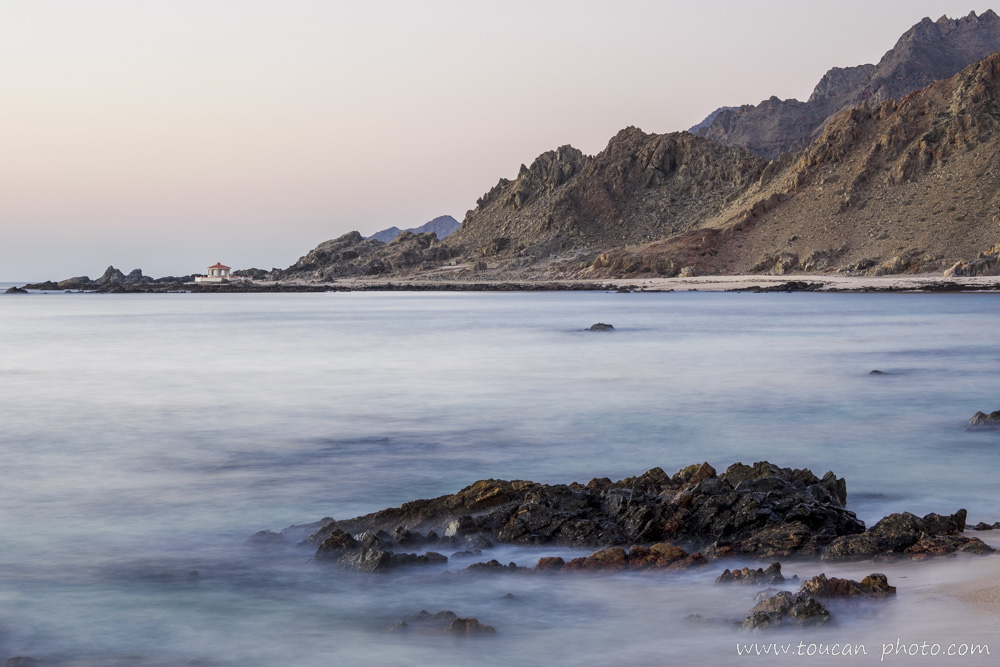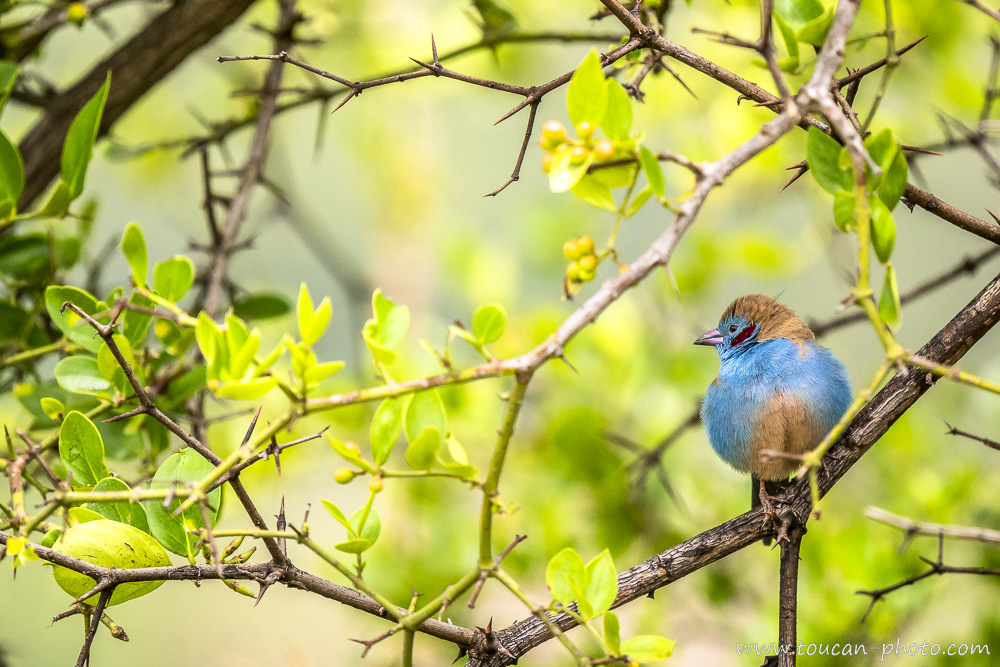
Éclat bleu du mâle cordonbleu – Cordonbleu à joues rouges (Uraeginthus bengalus) – Ethiopie
Perched in the midst of a thorny bush, this male Red-cheeked Cordon-bleu (Uraeginthus bengalus) displays his striking plumage: a bright turquoise breast and belly, highlighted by the characteristic red patch on the cheek. In females, the colors are more subdued, with less blue and no red on the face. This contrast makes it easy to distinguish between the sexes. Widespread across the savannas and shrublands of sub-Saharan Africa, this delicate little bird enlivens the Ethiopian landscape with its vivid colors and quick, lively movements, often seen in pairs or small groups.
